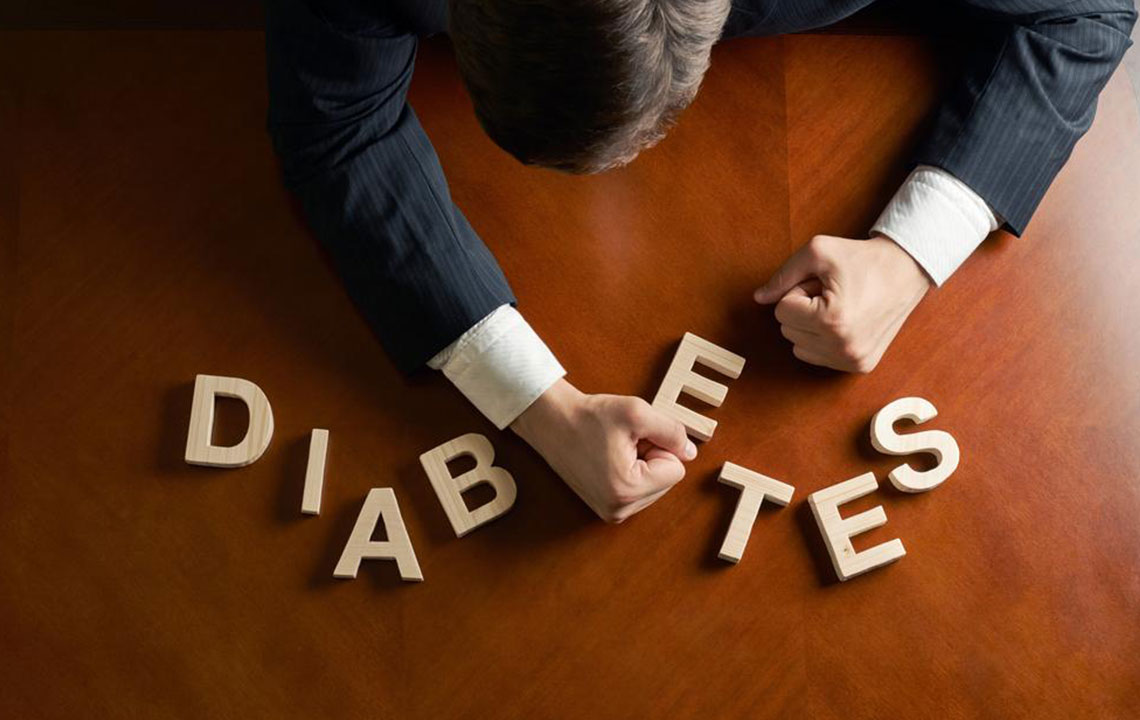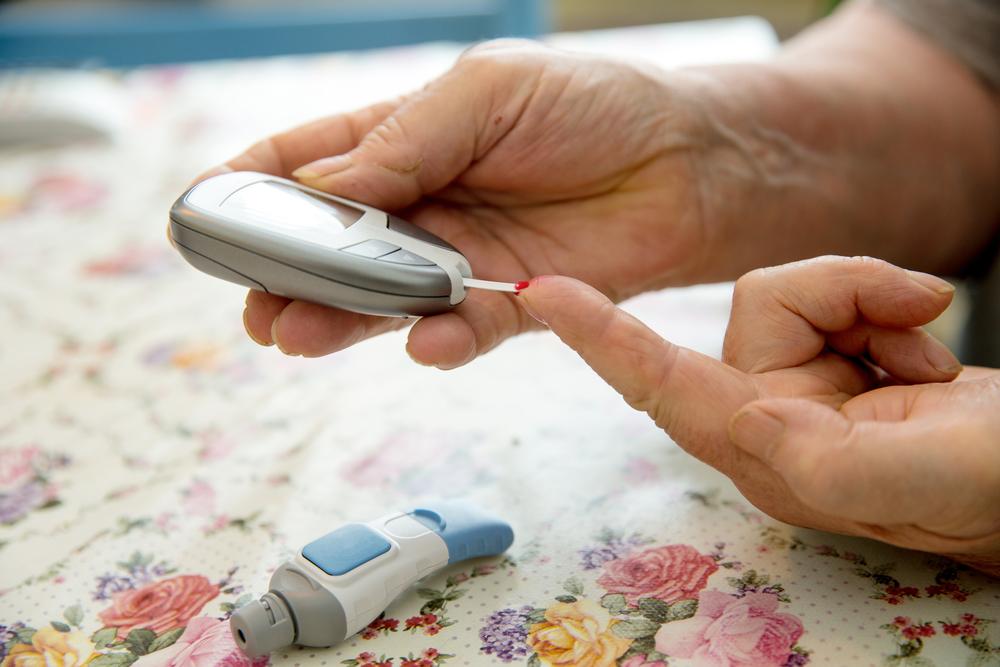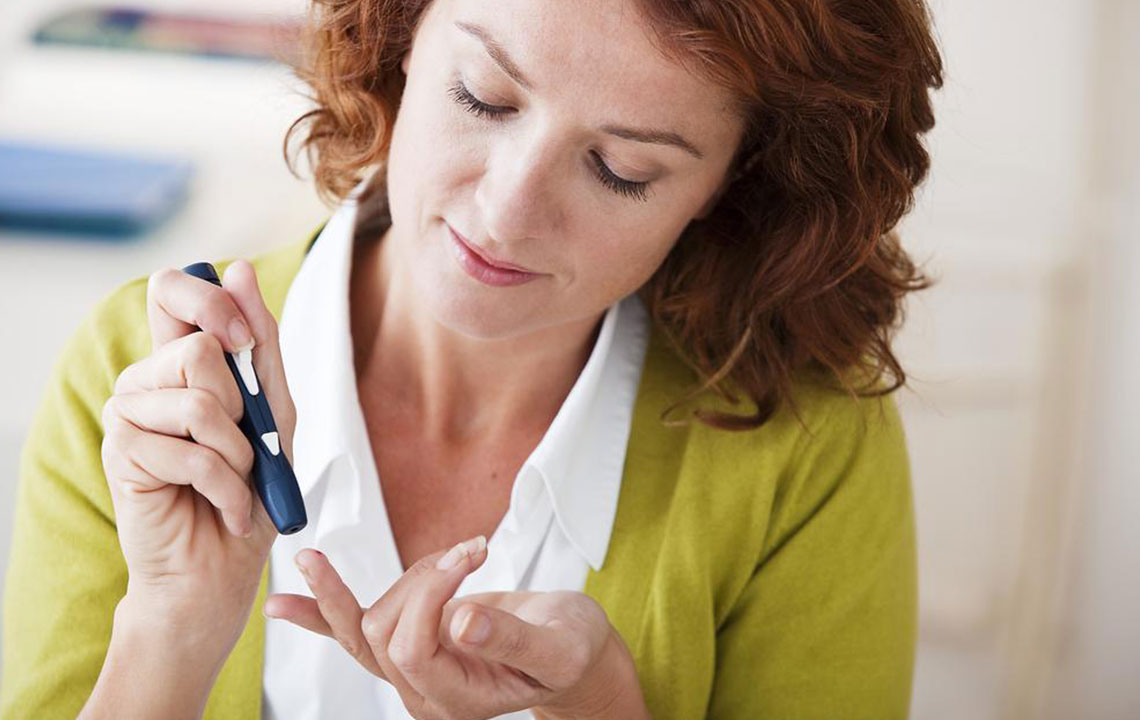Recognizing the Early Symptoms of Diabetes
This article explores the early symptoms of diabetes, including signs like increased thirst, fatigue, blurred vision, and slow wound healing. It emphasizes the importance of early detection and regular medical checkups for effective management. Lifestyle changes such as blood sugar monitoring, proper diet, and medical adherence are crucial in controlling the condition and preventing complications.

Recognizing the Early Symptoms of Diabetes
Understanding the initial indicators of diabetes is crucial, as it is a metabolic disorder impacting how the body processes glucose. When the body cannot efficiently convert food into energy, elevated blood sugar levels occur, signaling possible diabetes.
What are the early warnings of diabetes?
Early signs are often subtle and overlooked. Increased blood glucose levels are common, especially in type 2 diabetes, which may not show obvious symptoms until lasting damage occurs. Conversely, type 1 diabetes can present noticeable symptoms within days or weeks.
Some signs appear in both types of diabetes:
Persistent Hunger and Fatigue
Glucose from food needs insulin to reach body cells. When insulin production is insufficient or cells resist it, glucose doesn't supply energy properly, causing increased hunger and exhaustion.
Excessive Thirst and Frequent Urination
Normal urine output ranges from 4 to 7 times daily. Elevated blood sugar prompts kidneys to work harder, increasing urine volume. As dehydration worsens, thirst intensifies, creating a cycle.
Dry Mouth and Skin Discomfort
Fluid loss reduces skin moisture, leading to dryness and itchiness, particularly in warm, moist areas like underarms or around genitals.
Vision Changes
Fluid shifts can cause the eye lens to swell, impairing focus and causing blurred vision.
Yeast Infections
High glucose levels foster yeast overgrowth, resulting in infections in areas like skin folds, between toes, under breasts, or genital regions, especially in warm, moist environments.
Healing Difficulties and Numbness
Elevated sugar can damage nerves, leading to slow wound healing and numb sensations in extremities.
Specific Signs of Type 1 Diabetes
Sudden weight loss occurs as the body burns fat when energy from food is insufficient, despite unchanged diet. Nausea and vomiting may develop due to excessive ketone production, risking serious conditions like ketoacidosis.
When to Seek Medical Help
If over 45, routine testing is advised. Immediate consultation is necessary if experiencing weakness, excessive thirst, stomach discomfort, high urination, rapid breathing, or a sweet smell on breath indicating ketones.
Managing diabetes involves lifestyle adjustments. Monitoring blood sugar levels, adhering to medication, maintaining a balanced diet, exercising, sleeping well, and controlling stress are vital.
Regular medical checkups are essential to keep blood glucose in check and prevent complications.










